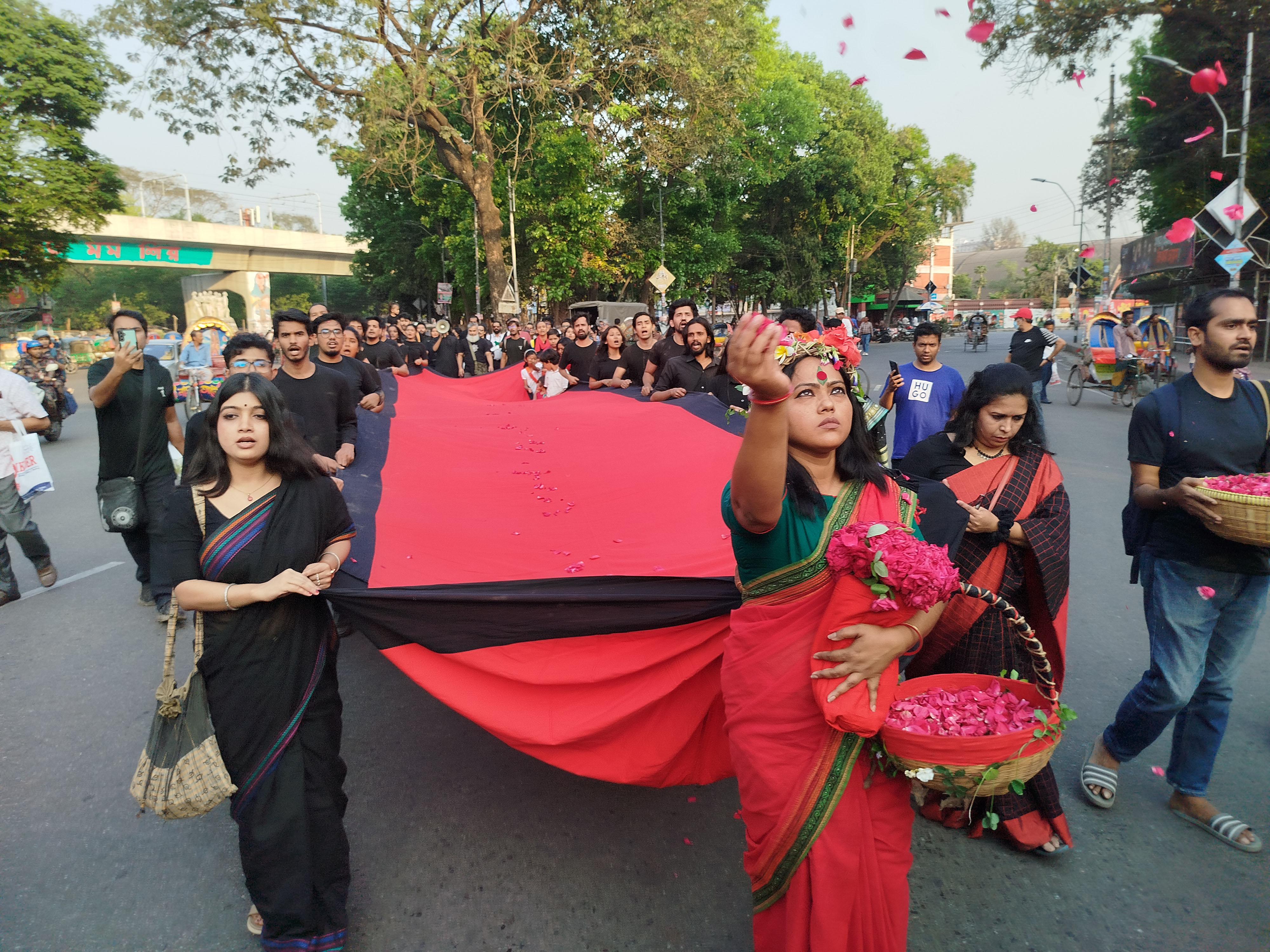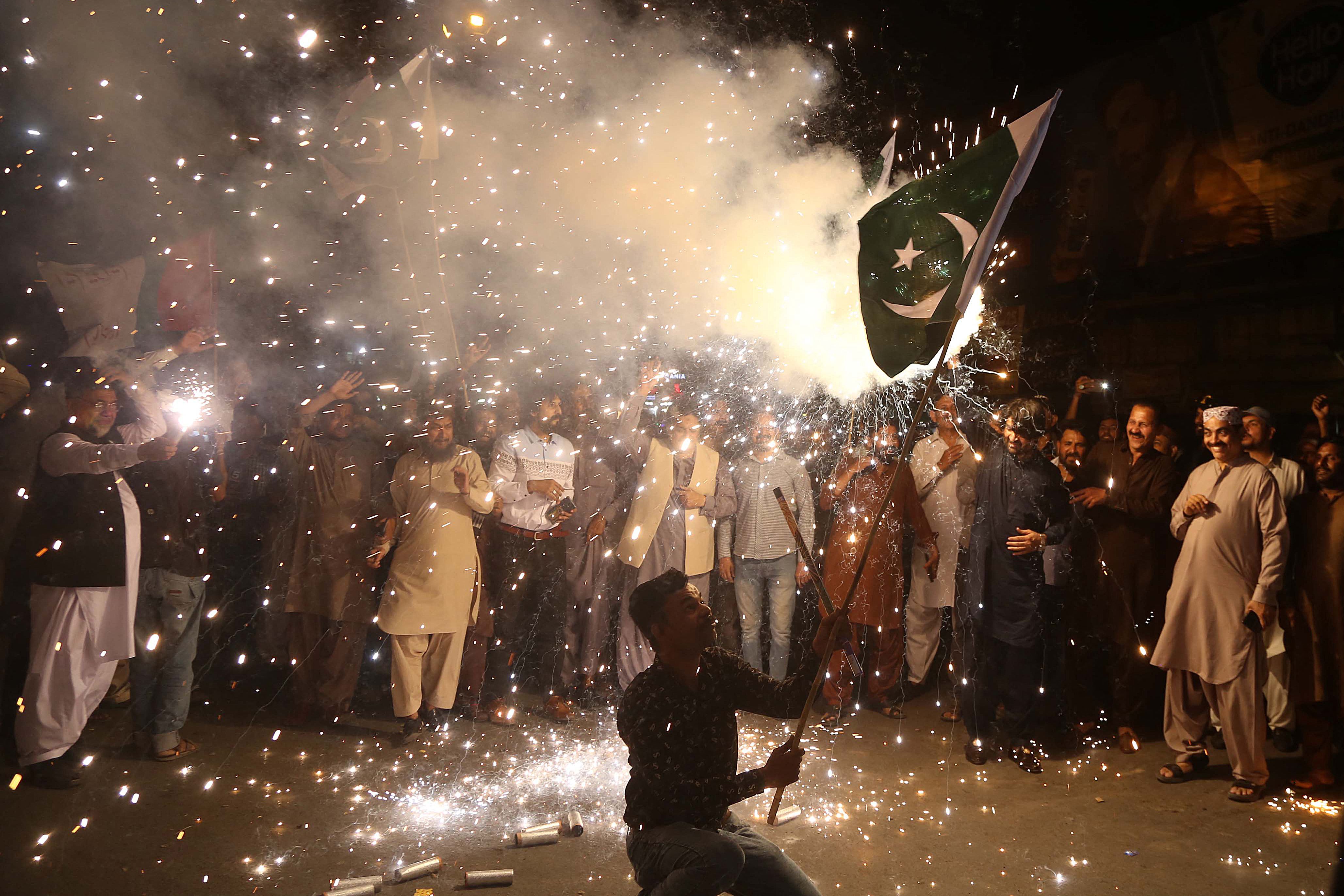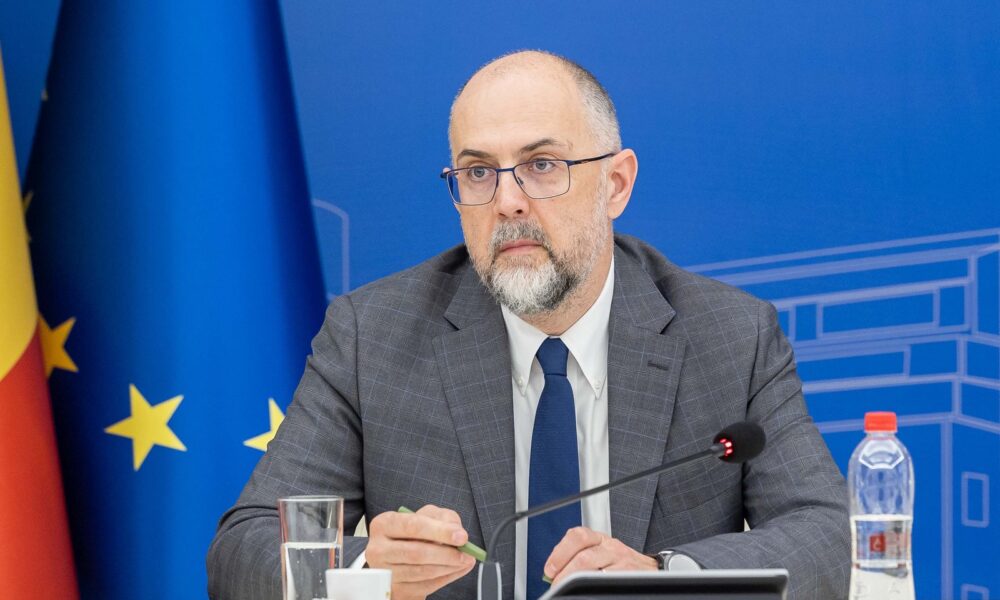World War Lust for Kashmir’s Front (III)

The door is finally opened
At the end of World War II (1939-1945), the new Great British Labourist authorities decided that holding a crown gemstone for a short leash could bring more harm than good, so after more than five decades the fighting door to India was finally opened.
« Many years ago, we devoted a meeting to destiny, and here’s the time when we would keep our promise, though, maybe not all, but most of it. When midnight, the world’s sleep, India wakes up and freedom. At this solemn moment, as we do, we promise to sacrifice to serve India, its folk and even more – to all humanity, ” On August 14, Jawaharlalas Nehru (1889-1964), whose daughter Indira (1917-1984), later became head of state, told about the impending Indian Indian independence to the city and the world.
MK Gandhi embodied the old, « spiritual », Westerners’ interest in the System, exotic religions, and his body -destroying yoga, and his fellow rival, J. Nehru, who also had to sit in the dungeon repeatedly, was associated with secularism, science and policies in socialist doctrines.
He was a much more pragmatic and cynical politician, and apparently he became the first prime minister of the new state.
Its 1947. August 14 The speech said, not only the emergence of a new state, but also the beginning of a new Indian era had to be published.
Era in which all religious disagreements and archaic superstitions would be pushed to the background.
Sophisticated and brutal policy
However, after a few months, Nehru himself, his fellow politicians and the new state society, have been able to make sure how cruel and complex it can be for politics.
Dynasty: Indian Prime Minister PD Neru with daughter I. Gandhi, who later became the Prime Minister of India, drives the streets of London. 1956 July 3 / Photo by Scanpix
As India and Pakistan became independent state structures, riots, murders, vengeance campaigns and houses that lost their homes through the borders became commonplace for the headache of local politicians, and both states have already tried to establish their interests in the battlefield just a few months after declaring independence.
Kashmir is a region in the north of the Indian subcontinent near the Himalayas, where, in India and Pakistan, the proclamation of their independence, there were Jamm and Kashmir’s quasi -state.
At that time, the majority of the population was Muslims in the region, but Harry Singh (1895-1961) served as his ruler.
As India and Pakistan became independent states, Maharaja’s ears soon began to achieve the knowledge of his subordinates of Islam, the rebellious moods and behavior of his subordinates, which the Pakistani authorities could still be incited.
Maharaja sought help from India and agreed to help with joy, but the Pakistani authorities did not use it either.
The fighting continued for months and India was able to take over the control of a large part of the region as the United Nations freezing this conflict (1949).
1965 In August, both states re -established a new war that had been held for more than a month, as the Pakistani authorities were supposed to try to send divers to the Indian controlled territories and provoke the uprising.
In the hands – a nuclear cartridge
1971 The third war in India and Pakistan in December was the most brutal, massive and shortest.
The most amazing thing was that the two states did not intersect this time, not because of cashmere, but because of the present Bangladesh lands.
At that time, the present Bangladesh was called the East Pakistan and formally belonged to the Pakistan authorities.
Performance: 2025 March 26 Students of the School of Acting Mastery and Design, Daka, Bangladesh, Prachyanat, join the annual Lal Jatra Jatra Gait and Street performance to honor the 1971. March 25 Genocide and 2024. martyrs of the July movement. / Photo by Scanpix
Although most of the population was also made up of Muslims here, over the years, local people have increasingly felt discriminated against and abandoned behind many kilometers residing in Pakistan.
They also realized that despite the common faith (Islam), including the main Pakistan in the West, there were pronounced cultural, ethnic and linguistic differences.
1970 In November, Bengal’s hostility to Pakistan reached his apogee, as a cyclone struck Bangladesh’s lands that month (November 13), killing several hundred thousand lives, and the Islamabad authorities’ response to the effects of the disaster was horrified.
1971 In the spring of spring (March 26), the Pakistani authorities began a special military operation to suppress separatist and nationalist moods of Bengali, which is supposed to kill from 300,000 people to Pakistan’s troops and loyal persons. up to $ 3 million Bengals and raped several hundred thousand local women and girls.
The Bengal nationalists also did not sit down their hands and began to follow a partisan actions against Pakistanian authorities and loyal persons.
1971 In December, India decided to get involved in the conflict on the side of Bengali and very quickly took over the initiative in the war.
This « conflict » was infinitely intense and cruel, but after that, the East Pakistan became an independent state of Bangladesh.
It is speculated that the Pakistan authorities of 1971 were encouraged and decided to launch its nuclear weapons program, but India eventually overtook Pakistan and in 1974. May 18 tried his first nuclear cartridge.
On that day, the confrontation between both countries was transferred to another, higher, subtle and more dangerous level.






:format(webp)/s3/static.nrc.nl/wp-content/uploads/2025/05/15161003/web-1505CUL_songfestival3.jpg)

